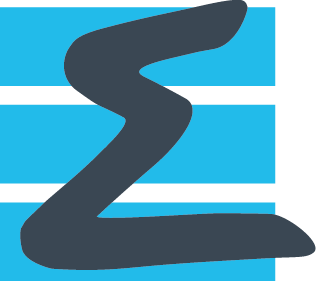antares: Data Processing for Computational Fluid Dynamics¶
Antares is a Python Data Processing library mainly intended for Computational Fluid Dynamics. Antares provides a fully documented cross-platform high-level python application programming interface. Antares helps you develop data processing applications. It can be used on operating systems OS X, Windows, or Linux. It defines a set of routines and tools for building application software. The software components communicate through a specified data structure.
To get a didactic introduction, please visit the introduction section and the tutorial pages. Visit the installation page to get started with it. You can browse the API reference to find out what you can do with antares, and then check out the tutorials.
To report an issue, please go to How to Report an Issue. To consult user-dedicated information, please visit the redmine server.
Shortcuts
This documentation contains the details of all
classes and functions that can be used.
To quickly find the documentation of a specific item, consider
using the search box on the top right-hand side. If you prefer a whole document, consider the
pdf documentation.
